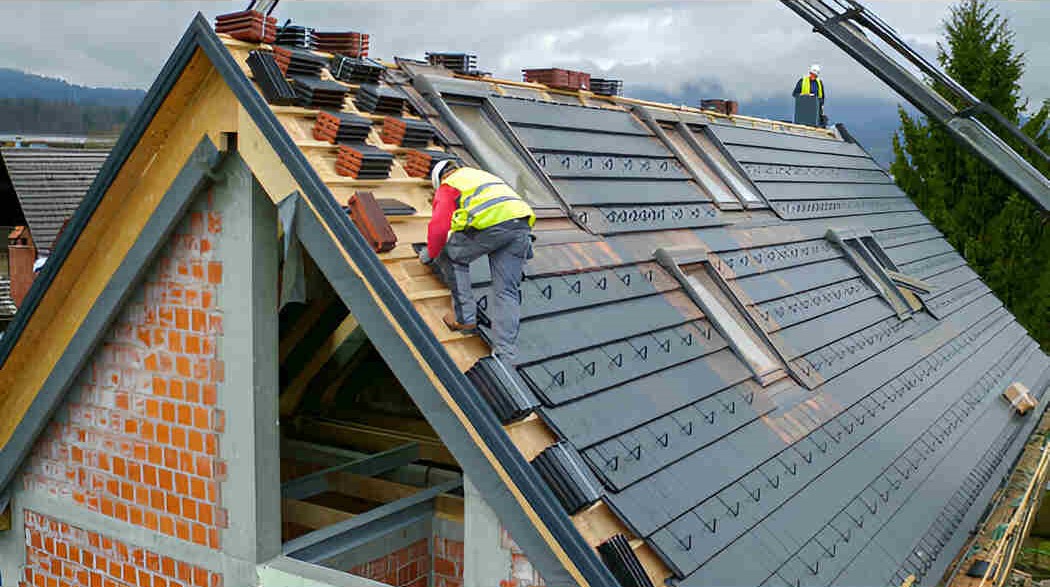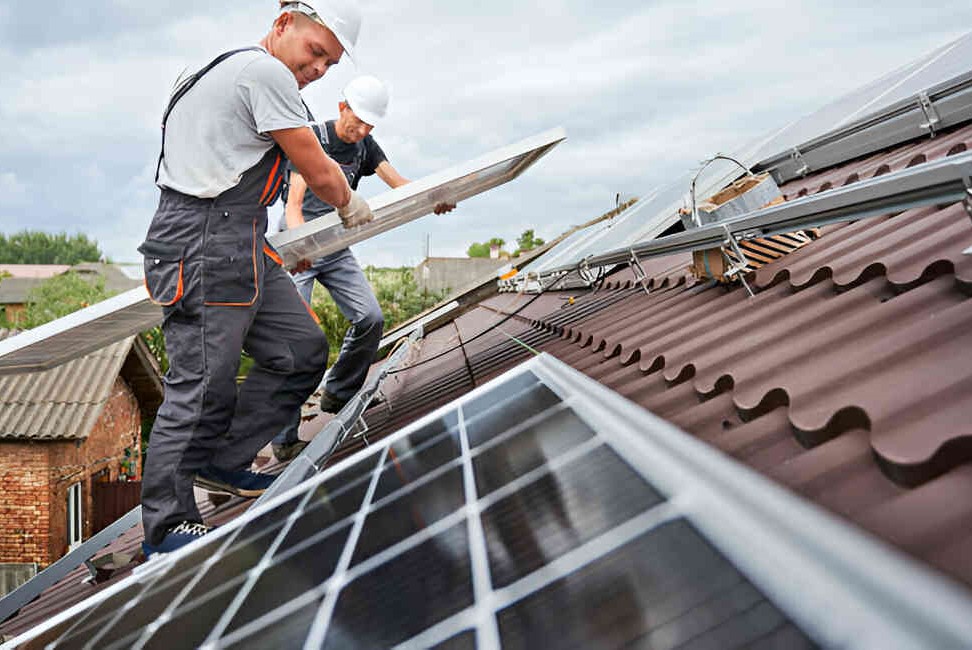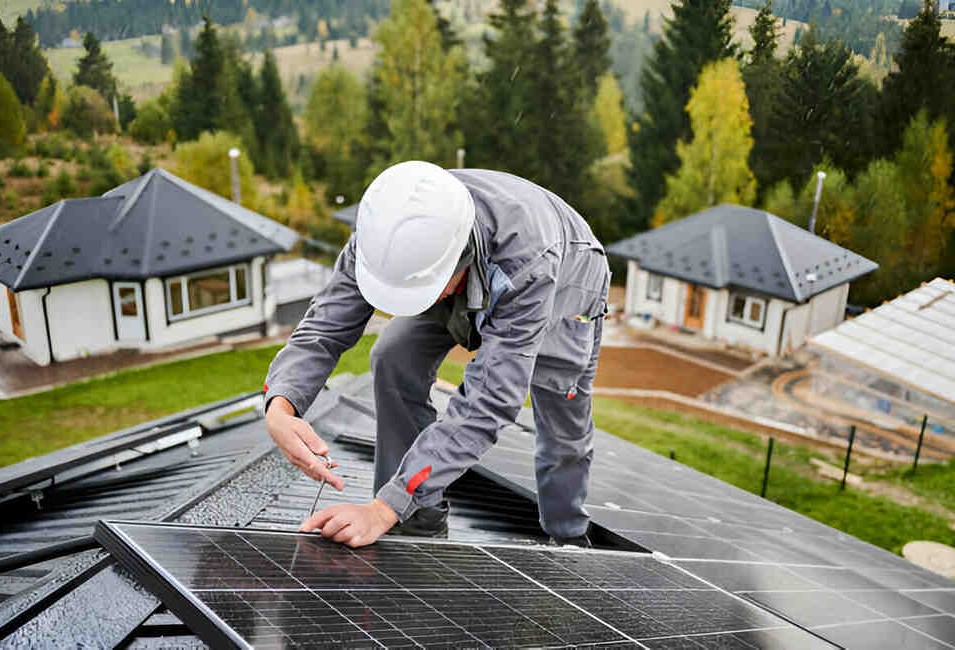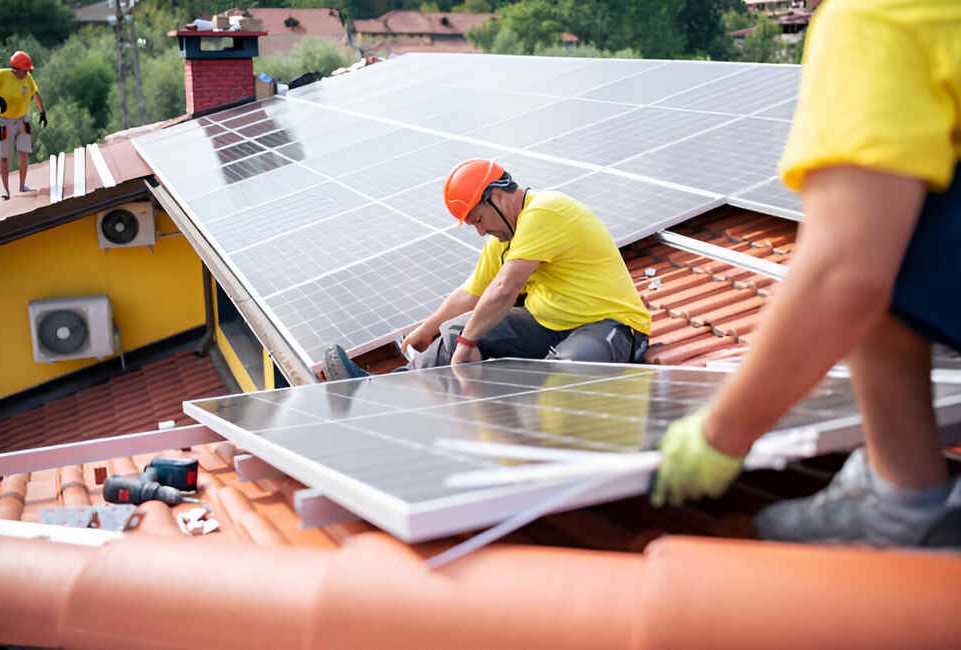Your home’s roof is its first line of defense. Whether you’re bracing for heavy rain, snow, or extreme heat, having a secure and reliable roof matters more than you might think. But how do you know when it’s time to repair or replace it? Ignoring small issues can lead to bigger, more expensive problems later on. This guide will help you understand the top signs that your home needs a residential roofing solution before it’s too late.
-
Missing or Damaged Shingles
If you notice shingles that are curling, cracked, or entirely missing, it’s a clear sign your roof is deteriorating. Shingle roofing protects the underlying structure from water and wind. Damaged shingles can quickly lead to leaks, rot, and further structural damage.
Pro Tip: After a storm, do a quick roof inspection checklist. Look for granule loss or exposed nails.
-
Water Stains or Leaks in the Attic
Water stains on your ceiling or walls? That could be from a leak caused by a weak point in your roofing system. Leaks in the attic often go unnoticed until they cause visible damage.
Roof Damage Indicators: Damp insulation, mold growth, or visible dripping during rain.
-
Sagging Roof Structure
A sagging roof could indicate long-term water damage or weakened structural components. This can lead to serious safety risks if not handled promptly.
If your roof has areas that appear to droop or dip, call residential roofing experts immediately.
-
Increasing Energy Bills
Have your heating and cooling bills spiked recently? A failing roof can let out warm or cool air, causing your HVAC system to work overtime. This inefficiency is not only costly: it’s also a sign that your roof needs attention.
Seasonal Roof Maintenance: Regular inspections can help you avoid these hidden energy losses.
-
Light Coming Through the Roof Boards
If you go into the attic and see sunlight shining through the roof boards, that’s a red flag. It means there are gaps or holes in your roofing structure that can let in water, pests, and cold air.
Roof Inspection Checklist Tip: Turn off the lights in the attic during daylight hours and check for any beams of light.
-
Mold or Algae Growth
Dark streaks or green patches on your roof are often signs of algae or moss growth. While this might seem cosmetic, it can indicate trapped moisture. Over time, moisture breaks down roofing materials and leads to decay.
Affordable Roof Repair Services can treat and clean the area before it becomes a serious issue.
-
Roof Age Over 20 Years
If your roof is more than 20 years old and showing wear, it’s time to consider a replacement. Even the best roofs have a lifespan, and delaying replacement can cost you in the long run.
When to Replace Your Roof: Consider replacing it if the roof is old, worn, and has required multiple repairs recently.
-
Damaged Flashing and Chimney Seals
Flashing is the metal piece that seals the edges of your roof and areas like chimneys or skylights. If flashing is rusted, loose, or damaged, it can cause leaks.
Flashing issues are often overlooked but can lead to significant interior water damage.
-
Roof Debris in Gutters
Your gutters shouldn’t be collecting shingle granules, asphalt chunks, or other roofing materials. These are signs that your shingles are breaking down and the roof is nearing the end of its lifespan.
Roof Repair Signs: Check gutters and downspouts for unusual debris after heavy winds or storms.
-
Unpleasant Odors or Interior Mold
If you smell mildew or mold in your home but can’t find the source, check the attic or roof. Trapped moisture from roof leaks can create a breeding ground for mold, which can harm indoor air quality and your health.
Residential Roof Installers can inspect and provide solutions to prevent future mold problems.
Roof Replacement Tips
When a full replacement is necessary, keep these tips in mind:
- Choose professional roofing contractors who are licensed and insured.
- Get a full inspection and detailed quote.
- Ask about energy-efficient materials or upgraded underlayment.
- Check warranties and maintenance recommendations.
FAQs About Residential Roofing
Q: How often should I have my roof inspected? A: Twice a year; ideally in spring and fall. Inspections after major storms are also a good idea.
Q: Is roof repair or replacement better? A: It depends on the damage. Minor issues can be repaired, but extensive or recurring problems often mean it’s time for a replacement.
Q: How long does a residential roof typically last? A: Asphalt shingle roofs last about 20–25 years. Metal or tile roofs can last much longer with proper care.
Q: What’s the best time of year to replace a roof? A: Late spring through early fall is ideal, though emergency repairs should be done ASAP regardless of season.
Q: Can I stay in my home during a roof replacement? A: Yes, in most cases. Your contractor will provide guidance based on the scale of the project.
Why Seasonal Roof Maintenance Matters
Taking care of your roof throughout the year prevents expensive repairs. Regular cleaning, inspections, and quick fixes for small issues can add years to your roof’s life.
Be proactive, especially before seasons with heavy rain, snow, or intense heat. Roof problems worsen quickly in extreme weather.
Trust Roofing Inc. for Your Residential Roofing Needs
When it comes to protecting your home, trust the experts at Roofing Inc. In the best roofing company serving residential and commercial clients across Minnesota.
With a team of experienced residential roofing experts and commercial roofing specialists, we provide tailored roofing solutions that meet your needs and budget. Whether you need a quick repair or a full roof replacement, our skilled team ensures quality craftsmanship and long-lasting results.
We pride ourselves on:
- Transparent pricing with no hidden costs
- Fast and efficient services
- High-quality materials and equipment
- Customer-first approach from inspection to cleanup
If you’re seeing any of the signs listed above, don’t wait. Contact Roofing Inc. today and get peace of mind with our reliable residential roofing services.
Let us help you keep your home protected, season after season.




